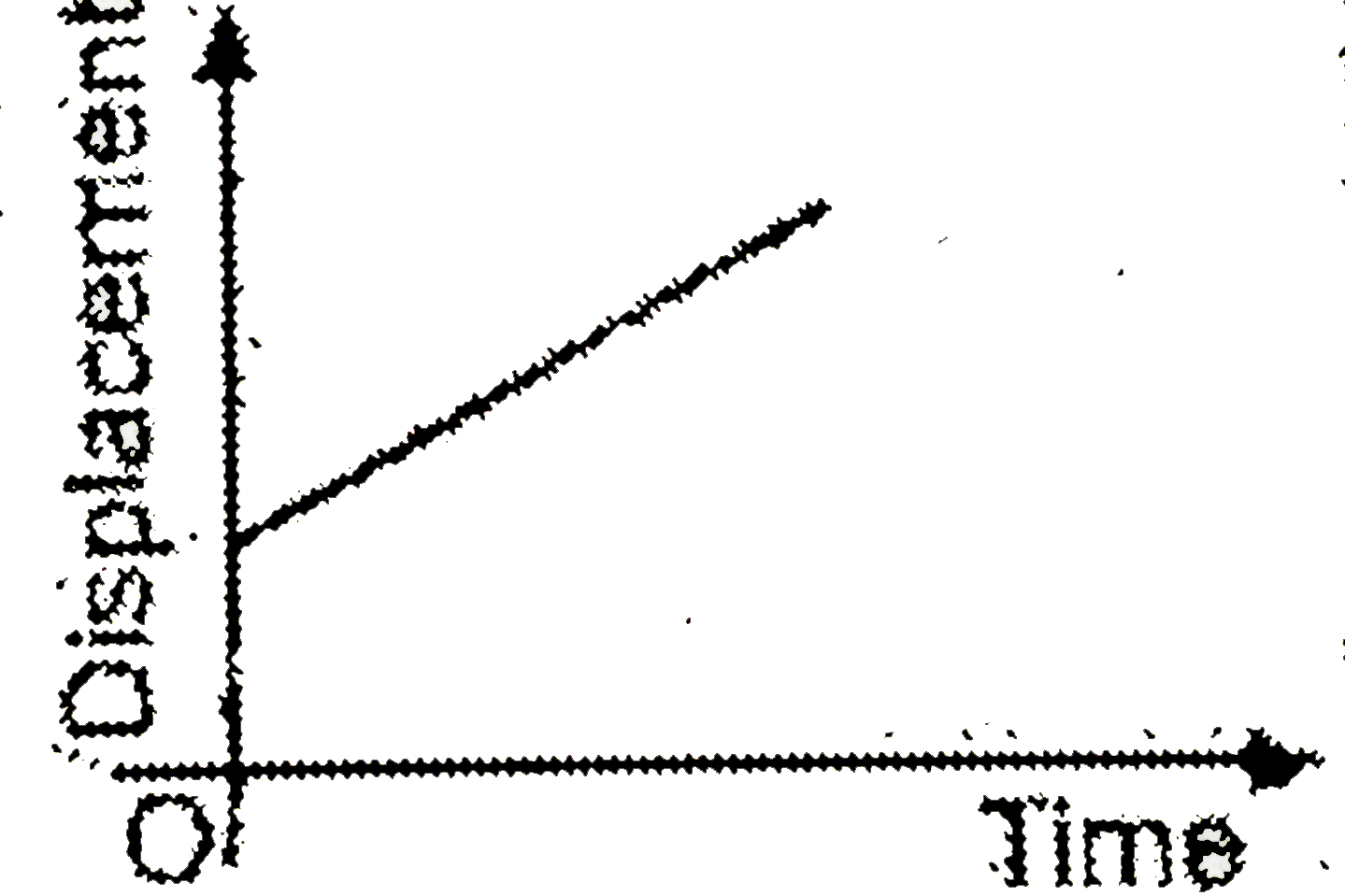The acceleration of a particle is found to be non zero when no force acts on the particle. This is possible if the measurement is made from
inertial frame
non inertial frame
both
some times intertial (or) some times non inertial
The correct Answer is:B
Step by step video, text & image solution for The acceleration of a particle is found to be non zero when no force acts on the particle. This is possible if the measurement is made from by Physics experts to help you in doubts & scoring excellent marks in Class 11 exams.
Topper's Solved these Questions
- BOOK - NARAYNACHAPTER - NEWTONS LAWS OF MOTIONEXERCISE - LEVEL -I (C.W)47videos
NEWTONS LAWS OF MOTION
- BOOK - NARAYNACHAPTER - NEWTONS LAWS OF MOTIONEXERCISE - LEVEL -II (C.W)71videos
NEWTONS LAWS OF MOTION
- BOOK - NARAYNACHAPTER - NEWTONS LAWS OF MOTIONEXERCISE - PASSAGE TYPE QUESTION6videos
NEWTONS LAWS OF MOTION
- BOOK - NARAYNACHAPTER - MOTION IN A STRAIGHT LINEEXERCISE - Level 2 H.W29videos
MOTION IN A STRAIGHT LINE
- BOOK - NARAYNACHAPTER - OSCILLATIONSEXERCISE - EXERCISE - IV41videos
OSCILLATIONS
Similar Questions
Knowledge Check
- Question 1 - Select One
Acceleration of a particle changes when
ADirection of velocity changesBMagnitude of velocity changesCBoth of aboveDSpeed changes - Question 2 - Select One or More
One of the forces acting on the particle is conservative, then
A(a) Its work is zero when the particle moves exactly once around any closed path.B(b) Its work equals the change in the kinetic energy of the particle.C(c) It does not obey Newton's second law.D(d) Its work depends on the end points of the motion, not on the path in between. - Question 3 - Select One
The displacement time curve of a particle is shown in the figure. The external force acting on the particle is :
 AActing at the beginning part of motionBZeroCNot zeroDNone of these
AActing at the beginning part of motionBZeroCNot zeroDNone of these
A particle moves along the x-axis obeying the equation x=t(t−1)(t−2), where x is in meter and t is in second
a. Find the initial velocity of the particle.
b. Find the initial acceleration of the particle.
c. Find the time when the displacement of the particle is zero.
d. Find the displacement when the velocity of the particle is zero.
e. Find the acceleration of the particle when its velocity is zero.View SolutionSTATEMENT-1 : Acceleration of a particle in a reference frame may be non- zero , even if net external force acting on the particle is zero.
and
STATEMENT : 2 In a non- - inertial reference frame, Newton's second law is not valid.View SolutionThree forces act on a particle and keep ai at rest. It is possible to have
View SolutionThe maximum acceleration of a particle un SHM is made two times keeping the maximum speed to be constant. It is possible when .
View SolutionFigure shows the displacement of a particle going along the X-axis as a function of time. The force acting on the particle is zero in the region
 View Solution
View Solution

